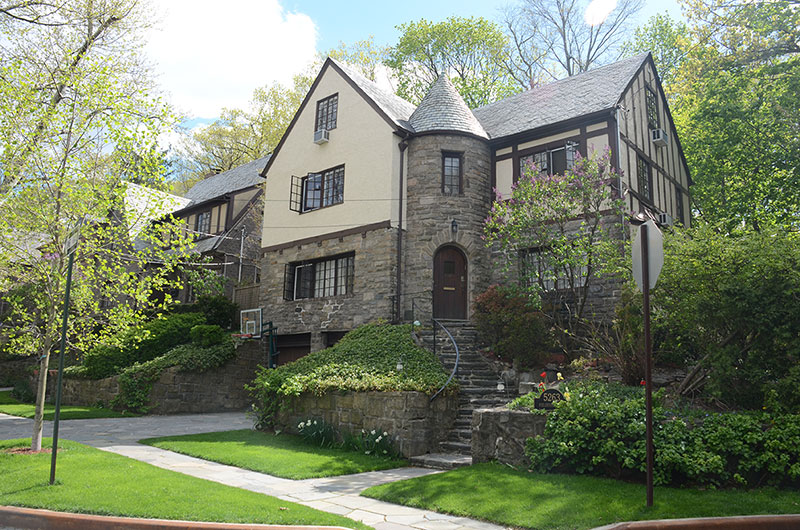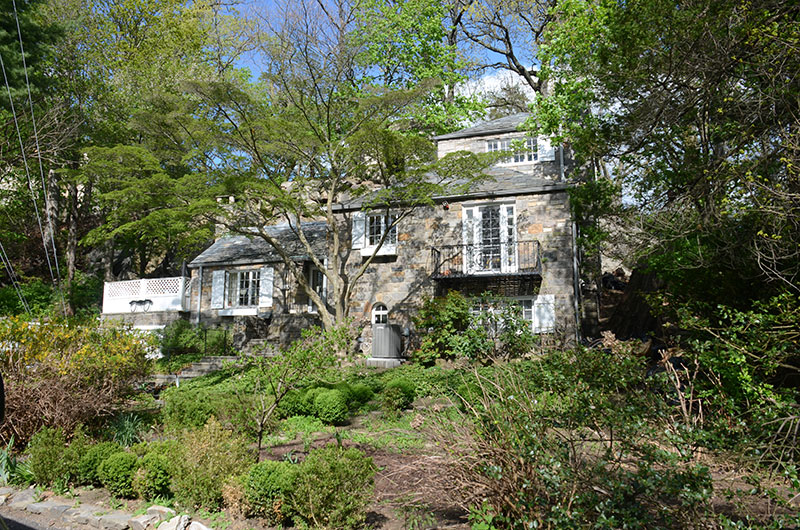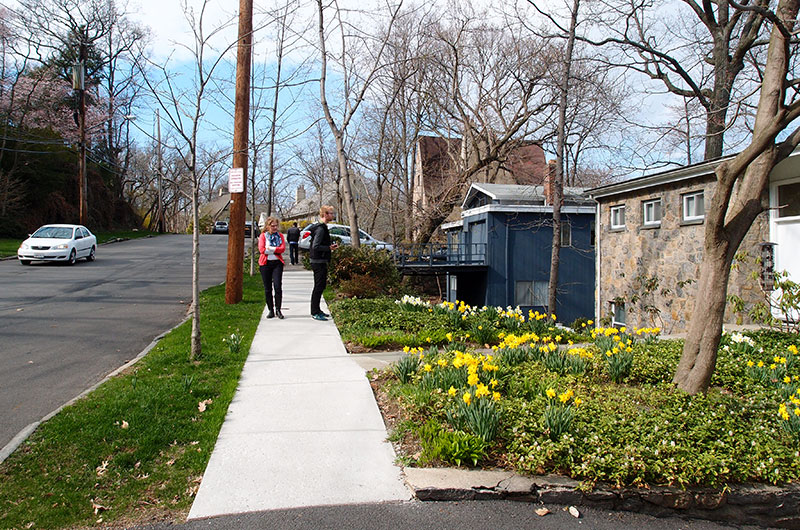
 Department of City Planning311
Department of City Planning311 Search all NYC.gov websites
Search all NYC.gov websites
Archived: Staten Island/Bronx Special Districts Text Amendment

DCP withdrew the proposed Staten Island Special Districts zoning map amendment (C 190429 ZMR) on June 10, 2019 and Bronx Special District zoning map amendment (C 190403 ZMX) and zoning text amendment (N 190430(A) ZRY) on Oct. 10, 2019.
This page provides archived material solely for informational purposes.
FAQ
Why was the City proposing changes to SNAD?
SNAD was established in the Bronx in 1975 with minor updates in 2005. Over the decades, DCP has established important best practices, and our understanding of the natural environment has evolved significantly revealing the importance of larger natural resources, such as large parks and forests. The goal of the SNAD proposal was to address the broader ecological context and incorporate best practices to create strict, clear and mandatory rules that achieve predictable outcomes for the natural environment and property owners.
While current regulations have preserved the tree-lined neighborhoods and natural features of the community, the regulations allow property owners to remove or modify natural features through a site-by-site review by the City Planning Commission (CPC) without regard to the larger ecological context. Over time, this has resulted in inconsistent application of the rules and created unnecessary cost and time burden for small homeowners.
What would the proposed changes mean to a small homeowner?
The proposed changes were designed to streamline review for development on small properties, those of less than one acre. The regulations would establish strict but reasonable rules and standards for small properties, which allow owners to proceed directly to the Department of Buildings (DOB) for review rather than coming to DCP for approvals before going to DOB for permits. The existing two-step process can add significant time and cost to a project for a small homeowner. Larger sites would continue to require discretionary review by the Department of City Planning and the City Planning Commission. To support homeowners, DCP would create a homeowner guide to the SNAD regulations and best practices.
How would proposed SNAD changes have shaped development?
SNAD was established to ensure development rights and natural features are balanced and protected. Under the proposed regulations, SNAD would have shaped development by focusing on outcomes - for instance connecting larger natural resources such as parks and waterways, promoting greater biodiversity, and preserving the tree canopy. The changes would establish firm limits to the modification of natural features. On larger sites, one acre or more, a portion of the property would be designated for preservation in perpetuity.
Were the proposed regulations specific to the Bronx? Were they driven by needs in Staten Island?
Today, SNAD regulations apply to sub districts in Staten Island, the Bronx, and a small area of Queens. There are minimal differences in the existing SNAD rules between Staten Island and the Bronx. However, because Staten Island SNAD was being expanded to incorporate two other special districts, the scope of proposed regulations was much wider in Staten Island than in the Bronx. The special district would retain the “sub districts” in the Bronx, Staten Island and Queens.
DCP conducted significant research on the character of Fieldston and Riverdale and used these neighborhoods as a model for the proposed regulations. Most importantly, the proposed regulations met the needs in the Bronx by encouraging campus planning, allowing small homeowners easier review, placing strict limits on modifications of natural features, requiring more trees and greater biodiversity, creating more predictable outcomes and enhancing neighborhood character.
Would removing public review from small projects mean the community loses an opportunity to provide input?
The proposed rules incorporated 40 years of best practices identified by DCP to create strict but reasonable rules for every small homeowner that would make site planning more predictable for homeowners and the community alike. In general, DCP site plan review and public review rarely alter site design for small projects. The proposed regulations would eliminate this lengthy step which would remove a significant burden and expense from small homeowners; at the same time, the proposed regulations would allow for more predictable outcomes. Large sites and large developments where outcomes are less predictable would still require DCP review and referral to Community Board 8.
How would the proposed regulations support neighborhood character?
SNAD neighborhoods are clearly identifiable by their significant trees, greenery, rock outcrops and wetlands. Natural features add significantly to the value in these neighborhoods. The proposed regulations would support and enhance neighborhood character by preserving rock outcrops and large trees in front yards, limiting retaining walls, diversifying planting requirements, including plant species and types to support biodiversity and considering natural features for certain large site subdivisions and in historic districts.



How would the SNAD regulations be enforced?
Like all zoning regulations, SNAD regulations are enforced when a property owner seeks approvals and permits from the City (currently CPC and DOB), or when DOB receives a complaint about a property owner’s failure to comply with regulations. When a violation is issued the owner must correct the violation and pay a fine and new permits will not be issued unless the violation is corrected. DOB is strengthening the enforcement and construction safety supervision for all sites. DOB has also created an online portal to track all active construction sites to raise community awareness.
To assist with review and enforcement under the proposed rules, DCP and DOB were creating checklists, application requirements and forms for inspectors and applicant professionals, and DCP had planned to provide staff support to DOB for the proposed new regulations. Other supporting documents would include a plain language homeowners’ guide.
How were subdivisions treated in the proposed regulations?
Under current regulations, zoning lot subdivisions follow underlying zoning regulations but require only limited consideration of natural features and are not subject to public review.
Under the proposed regulations, subdivisions of lots in historic districts and sites one acre or larger would be subject to public review and would need to demonstrate that a proposed subdivision meets requirements for the protection of natural features. Subdivisions of an acre or more would require a “preservation area” of natural features to be set aside, in perpetuity, to enhance the ecological connectivity. No development would be permitted in these preservation areas” which is a major strengthening to the existing natural area regulations. All other proposed subdivisions that do not require public review would have clear rules that allow property owners to apply directly with the DOB for approvals.
Would I have been able to garden as I wish?
Yes. The proposed regulations required more planting, trees and biodiversity on sites that would enhance the neighborhood character that defines the SNAD. The proposed regulations required that a minimum number of trees and a minimum square footage of planted area be maintained on a site The regulations were intended to encourage planting of native species and limit invasive species.
How did DCP get input to create the proposed regulations?
DCP convened working groups of local institutions, homeowners, landscape architects, elected officials, local civics and environmental groups and city gencies to shape the proposal, review the proposed framework, and establish core principles to guide this overhaul of the regulations. We also heard from and met with Community Board 8’s SNAD Task Force.


